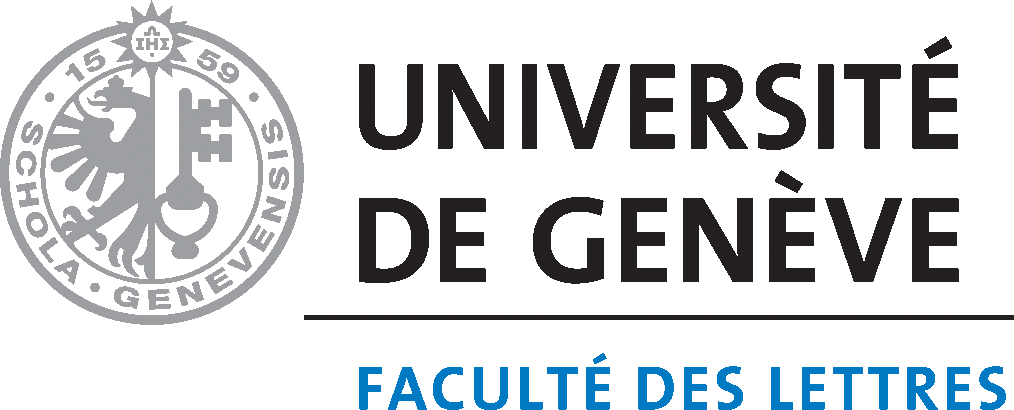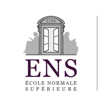Abstract
In this paper, I evaluate the development of data visualizations as an art historical approach. By visualizing data for Senufo-labeled objects in the Musée Africain de Lyon’s collection, I demonstrate how the museum’s knowledge infrastructure privileges European collectors over African makers. I use Tableau visualizations to decenter this narrative by making silences present in a more impactful manner than through text alone. The visualizations also reveal the complex role that one maker, Bèma Coulibaly, played in the life of the collection. The addition of the individual narrative to the data was necessary to bring a human element into view.
Nous examinons ici le développement des visualisations de données comme méthode pour l’histoire de l’art. En visualisant les données des objets catalogués Senufo dans la collection du Musée Africain de Lyon, nous démontrons comment le musée privilégie les collectionneurs européens par rapport aux fabricants africains, et comment les visualisations Tableau permettent de décentrer notre récit en rendant les silences bien plus présents que ne le ferait un texte seul. Les visualisations révèlent le rôle qu’un fabriquant, Bèma Coulibaly, a joué dans la vie de cette collection. L’ajout de ce récit individuel enrichit les données d’une dimension plus humaine.
Recommended Citation
Glosser, Caitlin. "Making Absences Present: The Process of Visualizing Knowledge Production in Museum Records." Artl@s Bulletin 13, no. 1 (2024): Article 3.
Included in
African Languages and Societies Commons, Digital Humanities Commons, History of Art, Architecture, and Archaeology Commons, Museum Studies Commons, Race, Ethnicity and Post-Colonial Studies Commons






